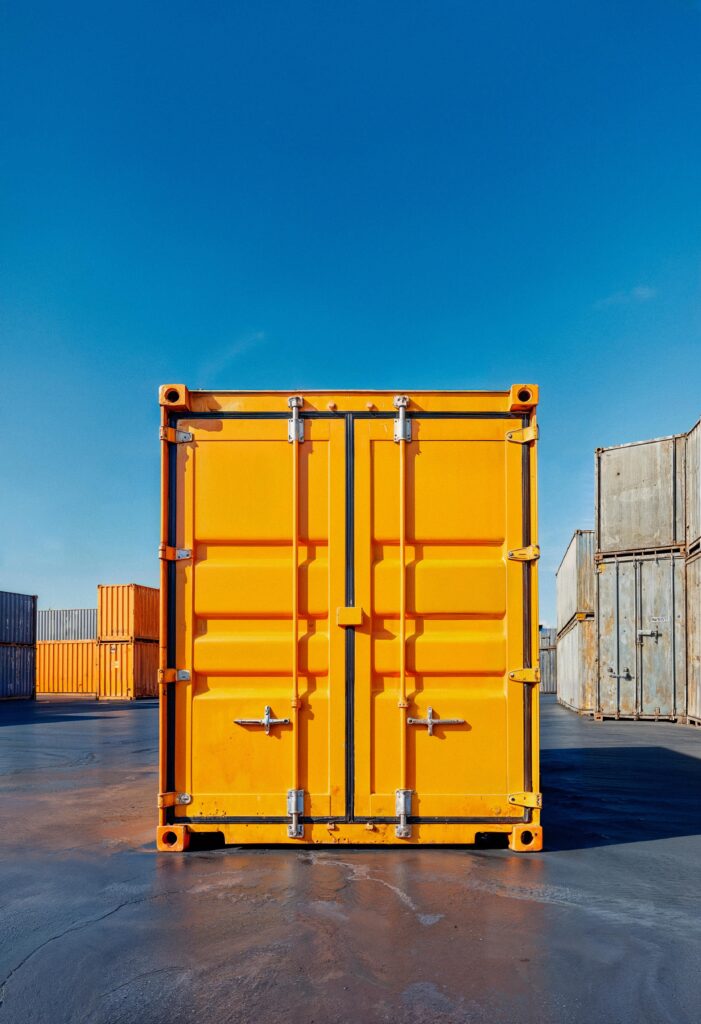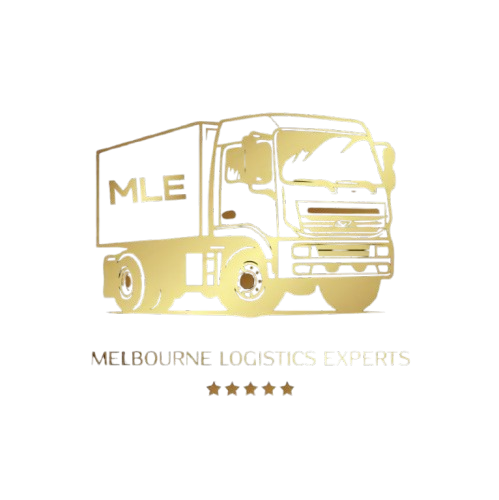Services


Delivering Excellence in Every Service
At Melbourne Logistics Experts, we are committed to delivering every service with the utmost professionalism and precision. Our approach centers on clear, proactive communication, ensuring clients are informed at every stage.
We leverage advanced technology to optimize operations, providing seamless coordination. Our team is dedicated to maintaining the highest standards of reliability and responsiveness, adapting swiftly to meet evolving needs.
With a focus on continuous improvement and customer satisfaction, we strive to exceed expectations and build lasting partnerships. Trust us to handle your logistics needs with expertise and care.
Services
Full Truckload (FTL)
A dedicated trailer for a single shipper’s freight, with direct origin-to-destination delivery, ideal for large or heavy loads
Less‑Than‑Truckload (LTL)
Consolidates smaller shipments from multiple shippers into one trailer, cost-effective for lighter loads, though with multiple stops
Partial Truckload (PTL)
For shipments too large for LTL but not enough to fill a full truck; offers faster transit than LTL without the cost of FTL
Refrigerated (Reefer) Trucking
Temperature-controlled trailers for perishable goods like food and pharmaceuticals
Flatbed Trucking
Open-deck trailers for oversized or irregular cargo such as machinery, construction materials.
Intermodal / Drayage
Involves transporting freight via multiple modes (truck, rail, ship); drayage refers to short-haul moves like port-to-warehouse transfers

Our Process
01. Planning & Preparation:
Define goods, destination, transport mode, and timeline. Prepare essential documentation—commercial invoice, packing list, certificates, customs forms—to ensure smooth regulatory compliance.
02. Booking & Pickup:
Book a carrier or freight forwarder and schedule pickup. Goods are packed, labeled, scanned, and collected from your location, entering the carrier’s tracking system.
03. Export Clearance & Loading:
Submit documents to export customs, pay duties if applicable, then seal and load goods onto truck, ship, or plane for the main transit leg.
04. Transit & Tracking
During international transit—by sea, air, or land—the shipment is monitored. Carriers and forwarders coordinate transfers and resolve delays, keeping stakeholders informed.
05. Import Clearance & Delivery:
At destination, customs vets documents, collects duties, then releases goods for final delivery. Carrier transports to consignee, obtains Proof of Delivery, and closes the shipment.
